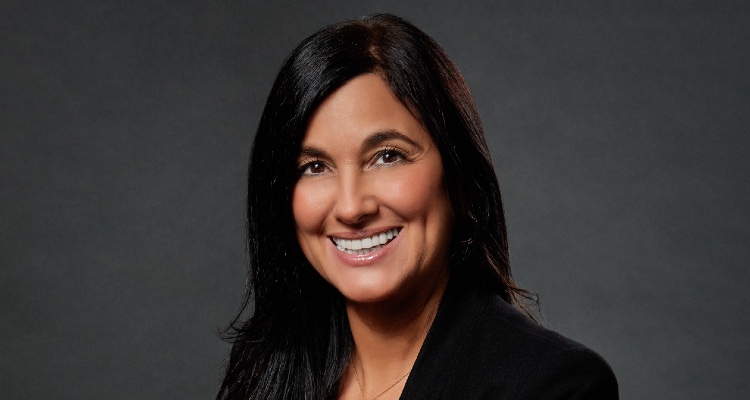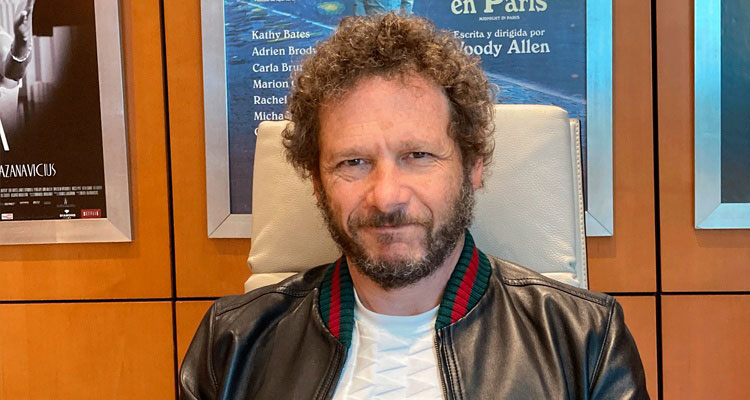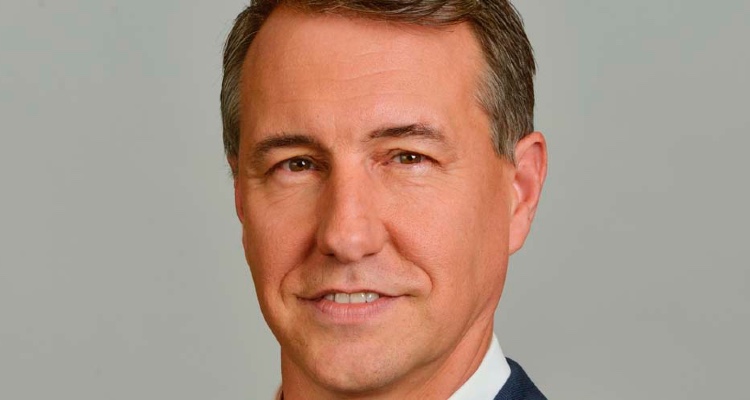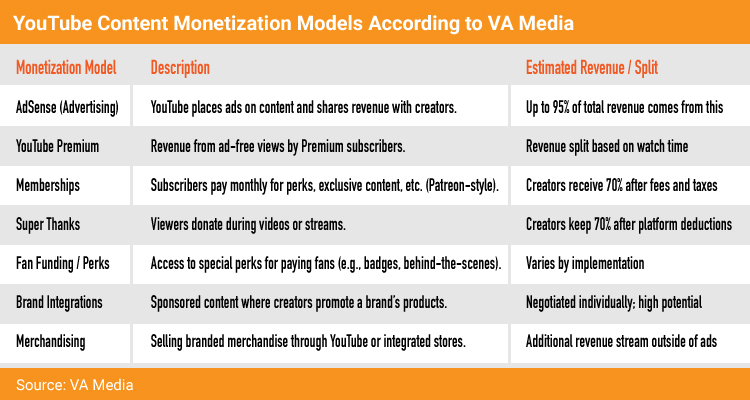
As streaming options expand and traditional media companies navigate a fragmented content ecosystem, many are rethinking how and where to distribute their libraries. For VA Media CEO Mark Ashbridge, platforms like YouTube are not just promotional tools—they are core to a sustainable revenue strategy.
‘YouTube has become the largest global AVOD platform’, Ashbridge explained to Prensario. ‘Media companies should start by understanding the opportunities it offers, depending on their content rights and their broader business strategy’.
At its core, YouTube monetization is largely driven by advertising. According to Ashbridge, about 95% of revenue typically comes from AdSense, with YouTube placing ads in various formats across a channel’s content and sharing that revenue with the channel owner. But other models are gaining traction, including YouTube Premium, channel memberships, Super Thanks, fan funding, and brand integrations, which create alternative revenue streams beyond traditional pre-roll ads. Merchandising, he adds, also remains an effective option for media companies and creators with established followings.
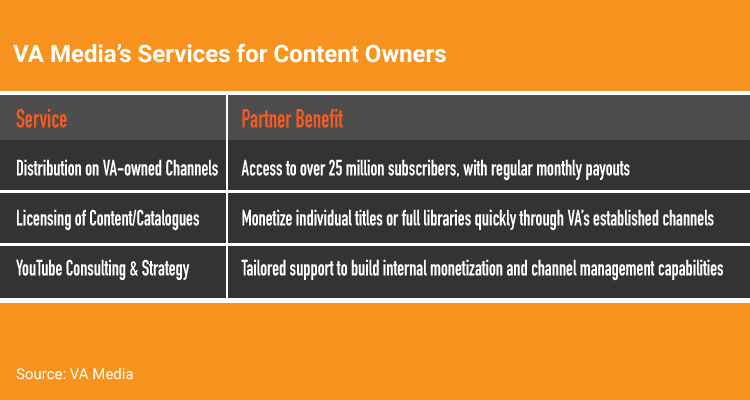
VA Media positions itself as a strategic partner in this landscape. The company manages a network of owned YouTube channels with more than 25 million subscribers, offering content owners immediate access to a sizable digital audience. Ashbridge said that company can license full catalogues or specific titles from partners, distributing them through its established channels to quickly generate monthly revenues. For companies seeking a more hands-on approach, they also provides consultancy services to help build in-house YouTube management and monetization capabilities.
Still, as media companies explore these opportunities, concerns remain about whether releasing content on free platforms undermines its value elsewhere. Ashbridge pushes back on that idea.
‘I don’t believe you can use the word ‘cannibalization’ anymore’ he remarked. ‘The reality is that global content consumption has become massively fragmented. The way audiences engage with content is evolving, and that’s what is driving the need for alternative models’.
Rather than seeing YouTube as a threat to other revenue streams, Ashbridge suggested viewing it as a complementary layer in a diversified content strategy. For traditional broadcasters, he says, success lies in designing a digital-first plan that integrates with existing revenue lines and maximizes reach.
Ultimately, Ashbridge sees YouTube and similar platforms as tools to extend the life and value of existing content. As windowing strategies become more intricate, the challenge isn’t whether to distribute on YouTube—it’s how to do it in a way that builds long-term value. ‘The windowing of quality content is more complex and important than ever’, he pointed. ‘And in this lies the opportunity to find audiences, generate more awareness, and ultimately, more revenue’.



